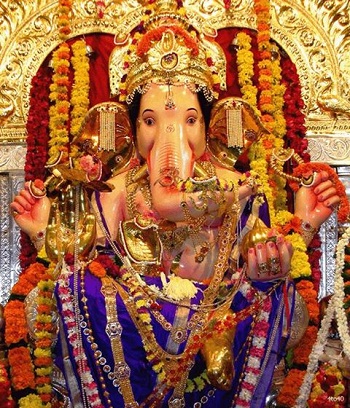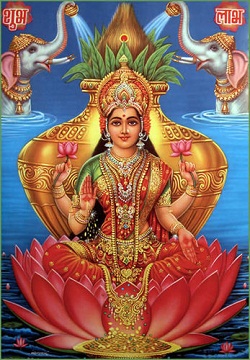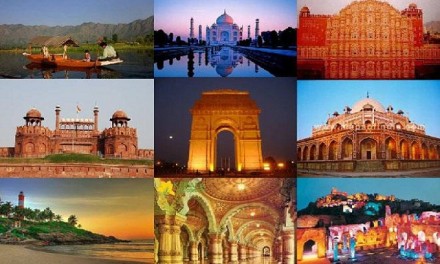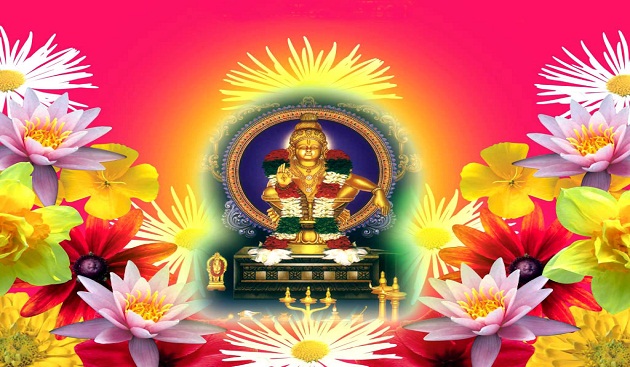Legends of Ganesh
How Ganesha Got the Elephant Head?
As per Hindu mythology Parvati made a little boy of sandalwood paste and instructed him to guard her chamber.
As an obedient child, Vinayaka refused entry to Shiva, when he wanted to gain entry. The enraged Shiva severed the boy’s head.
Later Shiva infused life back into his body and replaced the head with that of an elephant calf.
Mangalamurti has an endearing appearance, which is loved by children and adults. Lord Ganesh rides on his favourite vehicle, which is the mouse or the Mooshak in Sanskrit.
Shiva designated Ganesh to be the leader of his Ganas (Gods) Ganapati. Thus, he is considered as the ‘Lord of Beginnings’. People pray to Ekadanta before the commencement of any auspicious task or Puja.
Ekadanta
Sage Vyas chose Ganesha for the herculean task of writing the epic Mahabharata. He broke his own tusk and used it as a pen. He is therefore, known as Ekadanta.
Rituals
Ganesh Idol worship
People clean and decorate the homes for the occasion of Vinayaka Chaturthi. They invoke Ganapati into the idol as per rituals and worship Him at home. The pancha upacharas are offering flowers, deepam, dhoop (incense), naivedhya and sandalwood paste to the Lord. Some engage a priest to offer the Shodashopachar, the sixteen fold worship.
Dhruva the sacred blade grass holds a special place in Lambodara upasana. In one of the expeditions, Ganesha experienced pain in his stomach after swallowing a demon. Dhruva is believed to have relieved Lord Ganesha of the pain. Therefore, Varaganapati is most pleased by the worship of Dhruva tied in garlands or in bunches.
Ganapati likes worship done with red hibiscus and yellow marigold flowers. Red hibiscus is believed to generate most vibrations in the Ganesh Puja.
Delicacies
It is customary to prepare modaks, laddoos, kheer, karangi, murukku (chakli) and sundal (chickpeas) as naivedhyam (Prasad). People offer coconuts to Maha Ganapati. Breaking coconut signifies submission of our egos at his feet. Modaks (kozhukattai) and Bananas are his favourite food.
Idol Immersion
The festival of Ganesh Chaturthi is worshipped up to 10 days as per family traditions. Thereafter, the idol is immersed in running water signifying the return of Ekadanta to his abode.
The festive fever grips in few part of India, such as Maharashtra, Gujarat, Karnataka and Tamil Nadu. Grand scale celebration takes place in cities like Mumbai, Chennai and, Bangalore for ten days. The several hundred mandaps perform ritualistic worship to Gajanan idols. The devotees sing the Aarti in unison. The sounds of drums, bells, and music fill the air.
On Anant Chaturdashi thousands of devotees dance in revelry and give a colourful farewell to the Lord. Large numbers of processions converge on the beaches to immerse the holy idol into the sea. Amidst the chanting of “Ganaptati bappy morya”, the festival ends with the pleas to Lord Ganesh to return early next year.
Eco-friendly Celebrations
Idols made from Plaster of Paris and painted with toxic chemicals pollute our rivers, ponds and seas. This is a serious threat to the environment.
People now seek clay idols, which are believed to attract most vibrations during the puja and reflect the good energy back into the surroundings. Few people also make Siddhivinayak idols with turmeric paste. There are regulations all over the country that discourages the use thermocol and plastic decorations that can mar the water bodies. The idea of using artificial ponds for idol-immersion is soon catching up.






